

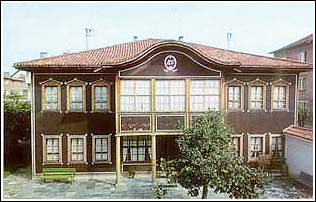 Pazardjik was found during the second half of the ÕV century, on the left bank of the river Maritza, near the place of the
market of the region. The favourable geographic position of the settlement-an important crossroad in the centre of a productive
region-favoured its quick development. While it was a very little settlement at the beginning of the ÕV² century, it
became an administrative centre of the region at the end of the century and remained as such until the Liberation.
Pazardjik was found during the second half of the ÕV century, on the left bank of the river Maritza, near the place of the
market of the region. The favourable geographic position of the settlement-an important crossroad in the centre of a productive
region-favoured its quick development. While it was a very little settlement at the beginning of the ÕV² century, it
became an administrative centre of the region at the end of the century and remained as such until the Liberation.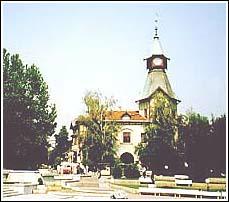 |
Museums and Galleries
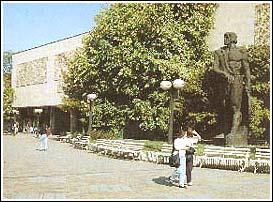 The Historical Museum in Pazardjik with its over 33 000 exhibits reveals the rich historical
past of Pazardjik region form ancient times until the present. The exposition is displayed in seven halls.
The Historical Museum in Pazardjik with its over 33 000 exhibits reveals the rich historical
past of Pazardjik region form ancient times until the present. The exposition is displayed in seven halls.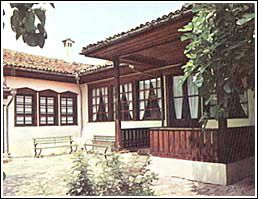 |
House-museum "Konstantin Velichkov"
House-museum "Konstantin Velichkov" - the memorial exposition in the native house of Konstantin Velichkov was opened in 1967 and was innovated several times. Through photographs, documents and original editions, the rich social, political and cultural life of the most outstanding personality Pazardjik gave to the Bulgarian National Revival - the writer, the translator, the artist, the participant in the preparation of the April Uprising in 1876, the Minister of the National Education Konstantin Velichkov is revealed.
Art Gallery "Stanislav Dospevski"- Pazardjik was established in 1966. It is specialized in
representing local authors mainly,
among whom are the classicists Staneslav Dospevski, Konstantin Velichkov, Georgi Mashev, Georgi Gerasimov, Elena Konsulova -
Vazova and others. It possesses a unique collection of portraits and self-portraits as well as the biggest collections of works
of Georgi Gerasimov, Stoian Vasilev, Velichko Minekov and Zlatka Dabova.
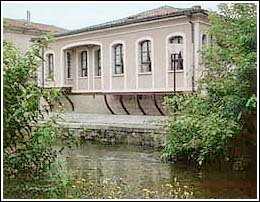
House-museum "Stanislav Dospevski"
Bend over the canal Pasha Arc, the house of Stanislav Dospevski stares in the slowly flowing waters, as if to reassure its grandeur. Our steps echoe in the silence heavy with memories. The inscription on the front wall: "Possession of Stanislava D. Dospevskago Samokovtsa 1864" greets us.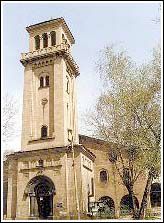 |
Cathedral Church "The Virgin Mary"
The cathedral church " The Virgin Mary " is a monument with national cultural significance. It is famous for its architecture and its fine woodcarving of the iconostasis. It was built in 1937.
Important Periodical Events in the Town:
The holiday of the town is held annually at the beginning of June. It is accompanied with a rich cultural and entertainment programme.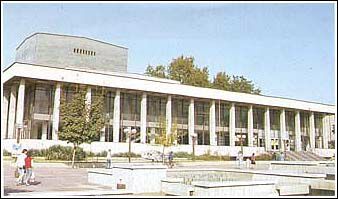 Winter Musical Evenings - Festival with more than twenty-year tradition for symphony music, found from
and now bearing the name of Prof. Ivan Spasov - conductor, composer and public figure. It is held annually at the end of
January.
Winter Musical Evenings - Festival with more than twenty-year tradition for symphony music, found from
and now bearing the name of Prof. Ivan Spasov - conductor, composer and public figure. It is held annually at the end of
January.